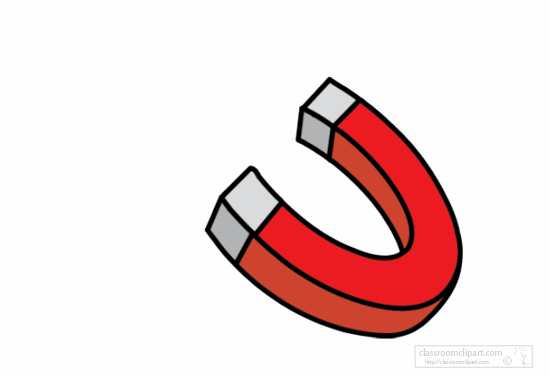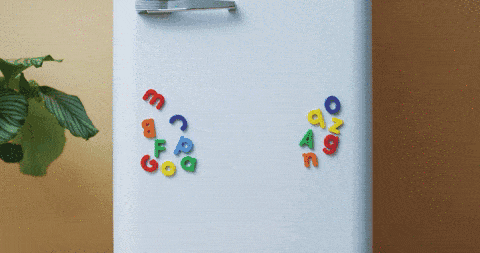

Have you ever wondered how your refrigerator magnet
stays stuck to the door, or why compasses always point
north? The answer lies in the mysterious and captivating
world of magnetism. Magnets have been used for
thousands of years in everything from navigation to
entertainment, and their invisible forces continue to
amaze scientists and engineers today.
In this lesson, we'll dive into the basics of magnetism, exploring the properties and behaviors of magnets and how they interact with the world around them. Get ready to discover the magic of magnetism!
Some materials are attracted by magnets and that's why they are called magnetic materials. Before we start using the notebook, solve the following interactive worksheet and check if you can identify which materials are magnetic and which ones are not:
1) Visit the BBC website and write in your
notebook: which metals are magnetic and
which ones aren't?
2) On the HowStuffWorks website, read about magnets and answer:
a) What is a magnet?
b) Why is the Earth considered as a huge magnet?
c) What are the poles?
3) Magnets can attract or repel each other depending on their poles. Go to the Mammoth memory website and draw and explain in which case there is attraction and in which cases there is repulsion. Draw the 3 cases (1 for attraction 2 for repulsion)
4) Write 4 objects where we can find magnets. Website: First4magnets.com
5) Watch the video and visit the BYJUS WEBSITE and answer:
a) Why are magnets called like this?
b) Write 2 fun facts about magnets.
6) (COMPUTER ONLY) -> Visit these 2 websites and match the vocabulary with the images or descriptions given:
Magnets are surprising. A magnet can attract a piece
of magnetic material without touching it.
We say that a magnet is surrounded by a magnetic
field. Any magnetic material placed in the field will
be attracted by the magnet.
Today, we will learn more about magnetic fields, they way in which we can represent them and one example of their use in real life.
Let's start with this intriductory video, and while you watch it write down 3 new things you learn from it:
1) We can represent the magnetic field of a magnet by drawing field lines. These are imaginary lines.
Visit the Ducksters website and answer: How does the magnetic force travel in a magnet? Draw the magnet and its magnetic field, showing clearly the direction of the arrows
2) On the KidsBritannica website, under the title
"Uses", find the explanation of what is a compass?
and how does it work?
3) Last class you learned which metals are magnetic and which are not. Most metal cans used in sodas are made up of either steel or aluminium, so when they are going to be recycled the first step is to separate them according to the metal they are made from.
Explain how steel and aluminium cans
can be separated using a magnet, as
shown in the diagram.
4) Look at these two images. One is a diagram of the field lines around a bar magnet, the other one is a photograph of some iron filings (limadura de hierro o hierro en polvo) around a real bar magnet. This second image allows us to see the magnetic field of the bar. Compare the pictures and explain, in what ways are they similar? where is the magnetic field stronger?
Week 6
Class 1 : Magnetism


Class 2 : Magnetic Fields







Video about
the discovery
of magnets





